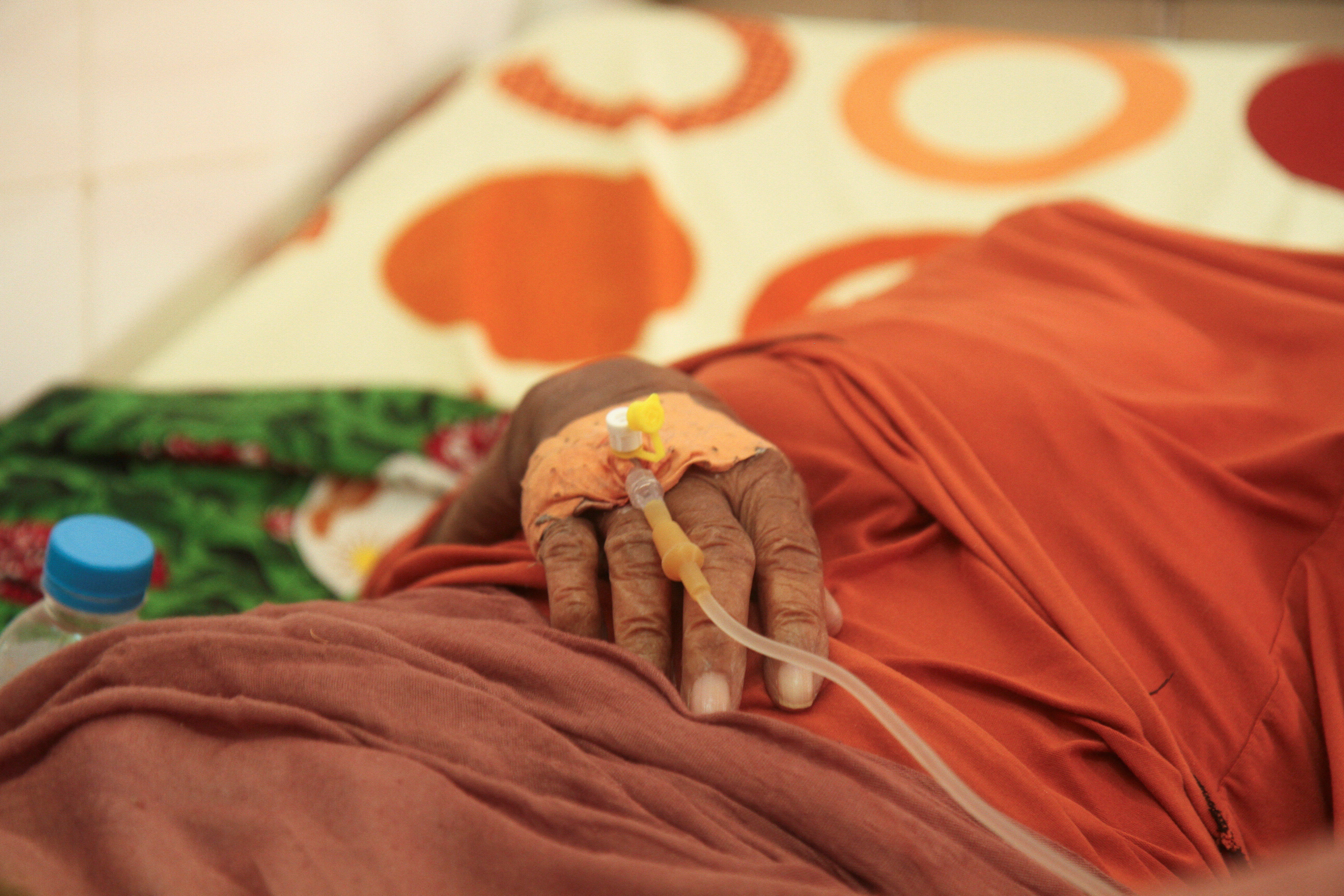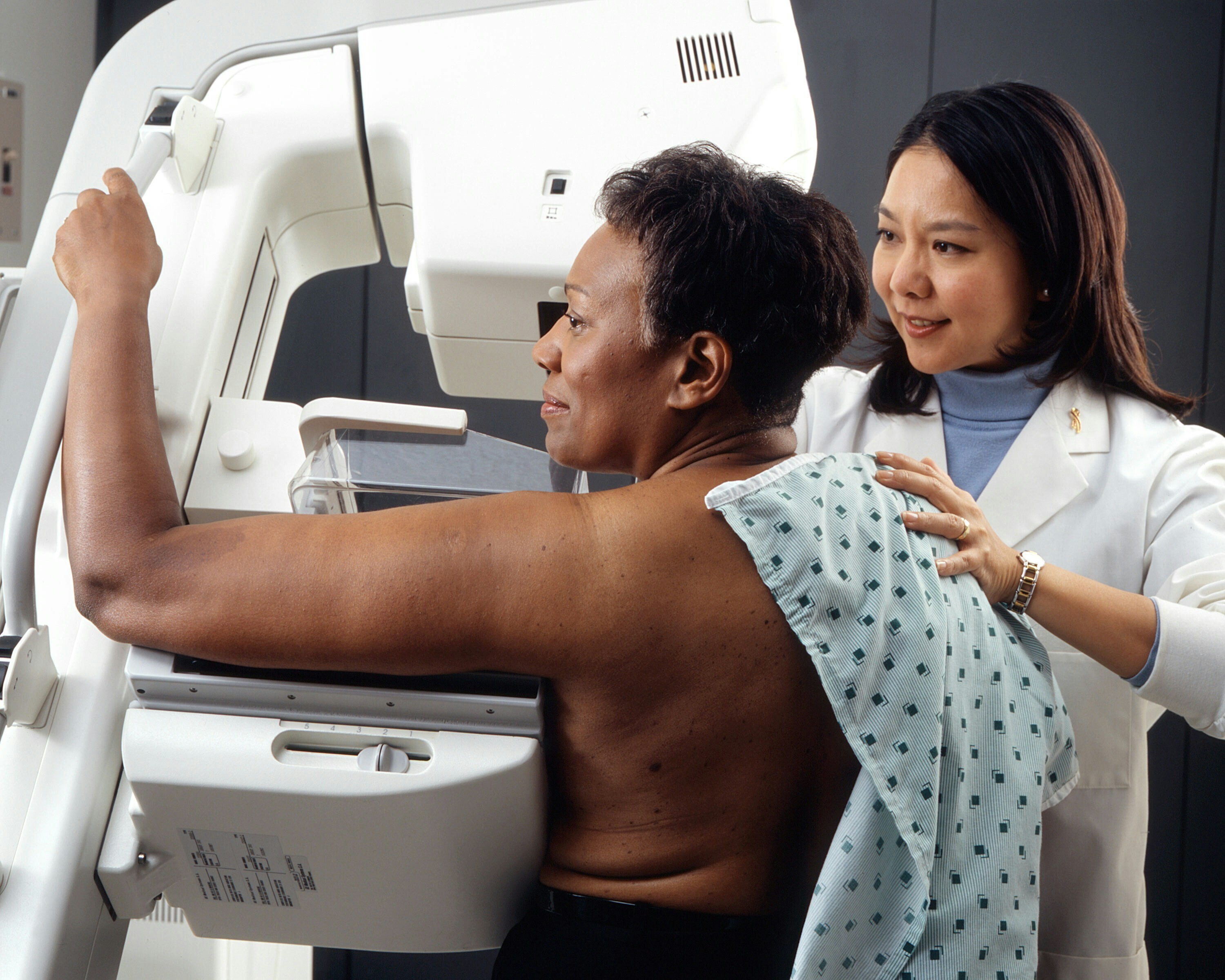World Bank: This is how COVID-19 has affected women's employment

The World Bank’s Regional Gender Innovation Labs (GILs) were in a strong position to provide evidence to support women's employment Image: Unsplash/ Christina @ wocintechchat.com
- From the outset, experts have predicted the impact of COVID-19 on socially excluded groups such as women.
- The World Bank’s Regional Gender Innovation Labs have conducted research on how to help governments and companies narrow these gender gaps.
- They found women in Latin America and Africa have been disproportionately impacted.
- Here are their findings and recommendations on how to bridge the gender equality gap and improve employment rates for women.
At the outbreak of the COVID-19 pandemic, experts were quick to warn us about the disproportionate impact the crisis would have on socially excluded groups, such as women. The urgent need to respond to the health crisis was undeniable, but at the same time, understanding the differentiated effects of the pandemic on excluded groups would be key to enable the design of inclusive and resilient recovery efforts . Yet, social distancing measures created new challenges for those seeking to gather evidence on such impacts. We needed innovative approaches to collect data and we needed them fast.
The World Bank’s Regional Gender Innovation Labs (GILs) were well placed to respond to this urgent need for evidence. By 2020, the GILS had established themselves as cutting-edge producers of evidence on what works to narrow gender gaps. With the support of the Umbrella Facility for Gender Equality (UFGE), GILs had leveraged this knowledge to help governments and companies across regions close gaps between women and men in a number of key areas, including access to better jobs.
At the outset of the pandemic, GILs were quick to seize on existing country engagements and strong local partnerships to gather evidence on the socio-economic impacts of the crisis on women, incorporating high-frequency telephone surveys, online surveys, and other new data collection methods in their ongoing engagements. They used this evidence to produce contextualized policy recommendations. Below are some of their key findings:
Women have been more likely to lose their jobs
The Gender Innovation Lab for Latin America and the Caribbean (LACGIL) analyzed three sets of High-frequency phone surveys to study the economic impacts of COVID-19 on women from 13 Latin-American countries. Their findings revealed that women in LAC were disproportionately burdened by job loss during the pandemic. Surveys conducted in May 2020 showed that female workers were 44% more likely than male workers to have stopped working and 62% more likely to have lost their jobs. As the months passed, differences in work stoppage rates between women and men decreased by only two percentage points, going from 17 percentage points in May 2020 to 15 percentage points in August 2020. Further permanent job loss remained almost stagnant and by August 2020, almost 1 out of 5 women participating in the survey remained unemployed.
Figure: female workers are more likely than male workers to face temporary and permanent job losses in Latin America

Sectors that employ a higher share of women have been more affected
In Pakistan, South Asia Gender Innovation Lab (SAR GIL) collected data from the Rozee.pk online job portal, the largest job portal in the country. The data showed that while there was a significant overall fall in job postings, the decrease was particularly marked in female dominated sectors. By April 2020, job postings in manufacturing, education, health and professional services dropped to 24% of the previous year’s level. Meanwhile, traditionally male dominated industries were more resilient. For instance, job postings in the ICT sector dropped to a more modest 38% of its previous level. Similarly, high-frequency phone surveys conducted by LAC GIL showed that 56% of job losses in the region concentrated in four of the five sectors that employ the highest share of women: trade, personal services, education, and hotels and restaurants. Prior to the crisis, 60% of employees in these sectors were women.
Female-owned businesses have been hit the hardest
The Africa Gender Innovation lab (AFR GIL) partnered with Facebook and OECD to conduct a global survey among approximately 25,000 businesses with established Facebook Business Pages in over 50 countries. The survey revealed differences in the rate of closures between female and male-owned MSMEs in countries like Nigeria, Ghana, Kenya and South Africa. For example, in Nigeria, the survey found that by June 2020, 44% of surveyed female-owned and 33% of male-owned businesses had closed due to the COVID-19 pandemic, equivalent to a 11 percentage point gender gap in business closures. In Ethiopia, the GIL conducted a real-time survey which revealed that participating female-owned business experienced a reduction of about 50% in sales and profits.
Employment aspirations among adolescent girls and boys have diminished
In Bangladesh, a survey conducted by SAR GIL with GAGE found that job loss, reductions in household income and decreased investment in education have affected the well-being and job aspirations of adolescents . Computer-assisted telephone interviews conducted with over 2,000 adolescents between May and June 2020 revealed that more than half (53%) disagreed with the statement that “nothing would interfere with their job aspirations”. Impacts on job aspirations varied according to household vulnerability status and sex. For example, 34% of adolescent girls believed financial constraints would interfere with their job aspirations, compared to 28% of adolescent boys. Differences in job aspirations in turn influence adolescent decisions to seek out employment and can contribute to widening differences in employment outcomes between young women and men after the pandemic.
Going forward
Based on these findings, GILs have developed policy recommendations adapted to regional and country-level recovery efforts. In Pakistan, SAR GIL recommends social safety nets and support services targeted at women who were previously employed in sectors that suffered the largest declines in employment. AFR GIL recommends measures to help buffer female-owned businesses against the effects of COVID-19, such as enabling women’s access to lines of credit.
What's the World Economic Forum doing about the gender gap?
Evidence and recommendations from early policy briefs have already influenced the design of several World Bank projects. For example, data on the impact of the crisis on female-owned businesses in Ethiopia influenced the design of the Women Entrepreneurship Development Project (WEDP II), which will provide a rescue package to women entrepreneurs and support new revenue-based credit products.
We expect that more recent evidence produced by LAC, EAP, SAR AND Middle East and North Africa (MNA) GILs will continue to inform the design of World Bank operations to address the pandemic’s impacts on women’s employment.
Don't miss any update on this topic
Create a free account and access your personalized content collection with our latest publications and analyses.
License and Republishing
World Economic Forum articles may be republished in accordance with the Creative Commons Attribution-NonCommercial-NoDerivatives 4.0 International Public License, and in accordance with our Terms of Use.
The views expressed in this article are those of the author alone and not the World Economic Forum.
Stay up to date:
Education, Gender and Work
Related topics:
Forum Stories newsletter
Bringing you weekly curated insights and analysis on the global issues that matter.







